“Brussels – The Cultural Guide” for 2020 is a very substantial book. It consists of 212 tightly-packed pages in a quite small font. The message is that there is indeed a lot going on culturally in Belgium’s capital city.
Whereas the separatist-led government in Flanders has recently, visibly chosen to make culture into a battleground by reducing subsidies, raising the public ire of internationally known figures such as Anne Teresa De Keersmaeker and Ivo van Hove, the Brussels-Capital Region is keen for culture to be a magnet.
There are all kinds of events across all art forms throughout the year, but the first couple of weeks of the year in Brussels are about jazz, and about co-existence and co-operation. The linguistic divide which is ubiquitous in Belgian life is never really talked about in the jazz community. And there are no fewer than three concurrently running jazz festivals. Someone has tried to call it “Jazzuary”. Unsurprisingly, the name hasn’t stuck. These three festivals are interestingly contrasted. There are two six-year old upstarts, the Brussels Jazz Festival and River Jazz Festival, and one much older sibling of 26, Djangofollies. They are very different in vibe, scope and intent. The Brussels Jazz Festival stays put, in the art deco splendour and the to-die-for acoustics of Flagey Studios down by the ponds in Ixelles (pictured above, Studio 4, by Johan Jacobs). The River Jazz Festival combines three venues which are not actually joined up by a river, but are all on one bus route. Djangofollies is a much more itinerant beast, which chooses a cohort of eight bands, all playing the manouche style of jazz, and takes them out on tour. The festival’s hub is to be found in various venues in Brussels, and the musicians spend the month radiating out to otherwise quiet towns all over Belgium such as Aalst and Mol and even up and out in open country, to a barn at Sensenruth in the Ardennes.
These three festivals are interestingly contrasted. There are two six-year old upstarts, the Brussels Jazz Festival and River Jazz Festival, and one much older sibling of 26, Djangofollies. They are very different in vibe, scope and intent. The Brussels Jazz Festival stays put, in the art deco splendour and the to-die-for acoustics of Flagey Studios down by the ponds in Ixelles (pictured above, Studio 4, by Johan Jacobs). The River Jazz Festival combines three venues which are not actually joined up by a river, but are all on one bus route. Djangofollies is a much more itinerant beast, which chooses a cohort of eight bands, all playing the manouche style of jazz, and takes them out on tour. The festival’s hub is to be found in various venues in Brussels, and the musicians spend the month radiating out to otherwise quiet towns all over Belgium such as Aalst and Mol and even up and out in open country, to a barn at Sensenruth in the Ardennes.
For the Brussels Jazz Festival’s first weekend at Flagey the spotlight was on this year’s artist in residence, drummer and composer Antoine Pierre (pictured below by Olivier Lestoquoit), aged just 27. It is already virtually a decade since one of the pivotal figures in Belgian jazz, guitarist Philip Catherine, took the drummer into his band as a teenager. Pierre has a remarkable natural authority and took the lead of a band of hugely experienced players in a very assured manner.
His "big gig" was in a quartet including star guest saxophonist Joshua Redman, playing – with one exception, a Radiohead cover – a programme of the drummer's own compositions. Pierre’s tunes contrast rhythmic ease and flow with little asymmetric jolts and kicks, and the other players, fine pianist Éric Legnini, strong New York-based Israeli bassist Or Bareket and Joshua Redman seemed to thrive in them. Redman’s way of building intensity in solos is totally compelling, and it was in the liveliest and punchiest of Pierre’s tunes, entitled “Orso”, that he went into one of those utterly compelling altissimo excursions, where the tenor saxophone becomes an instrument without any technical limitations. Legnini’s starring moment was in a blues-based number, “Budapest”, one of those miraculous moments of "out" playing where the home key is never visited but the whole solo coheres on its own terms. Bareket is a powerful yet empathetic presence on bass. This was more than a pick-up band; they gave a very strong and constantly involving concert. The second of the three concerts in Antoine Pierre’s residency was a trio of drums in the foyer space. In this context what came through strongly was his sensitivity to timbre and textures, treating the drum kit as a family of sounds, making the most of contrasts, and being creative. The late-night audience, mostly young, was enthralled, moving to the rhythm.
The second of the three concerts in Antoine Pierre’s residency was a trio of drums in the foyer space. In this context what came through strongly was his sensitivity to timbre and textures, treating the drum kit as a family of sounds, making the most of contrasts, and being creative. The late-night audience, mostly young, was enthralled, moving to the rhythm.
An encouraging sight was that of even younger folk, schoolchildren with their parents, who had been drawn to an event in the River Jazz Festival, a 6 pm gig at the Jazz Station venue in Sint-Joost-ten-Node, one of the real hubs of the Brussels jazz community. The youngsters seemed genuinely captivated by a programme of Mingus compositions like “Boogie Stop Shuffle” played by the venue’s house band, Jazz Station Big Band, led by long-time New York resident now returned to Brussels, alto saxophonist Stéphane Mercier.
Other strong bands on show was the trio of Armenian-French pianist singer Macha Gharibian, who has a pair of totally assured, seasoned professionals as her rhythm team: Canadian bassist Chris Jennings and Belgian drummer Dré Pallemaerts have a total grasp of level and intensity, and support Gharibian consummately both as a fluent improviser at the piano and as an emotional singer with a voice which becomes more appealing as it heads lower. Pianist Casimir Liberski captured the imagination best in a sustained Jarrett-ish Purcell “When I am Laid to Earth”. There is a welcome for bands from the UK, too. Nubya Garcia will be headliner on the closing night of the Brussels Jazz Festival. On its opening Saturday, Londoner Alfa Mist, headlining at Flagey, had a strong band alongside him, notably wonderfully adaptable and assured drummer Ben Brown, but their set didn’t have enough momentum or sense of surprise to be convincing.
The relaxed feel in the centre of Brussels on a mild January weekend has much to recommend it. And as Brexit approaches, the reminders of the affection the Belgians once held for the British are all too poignant: the Belle Époque temple of the bar Le Falstaff with its astonishing ceiling is an unchanging delight. And the Musical Instrument Museum – from the top of which the very best view of the city is to be had – is in the well-restored 1896 edifice originally conceived as a department store. It still carries its original name: Old England.
Sebastian Scotney was the guest of Visit Brussels.

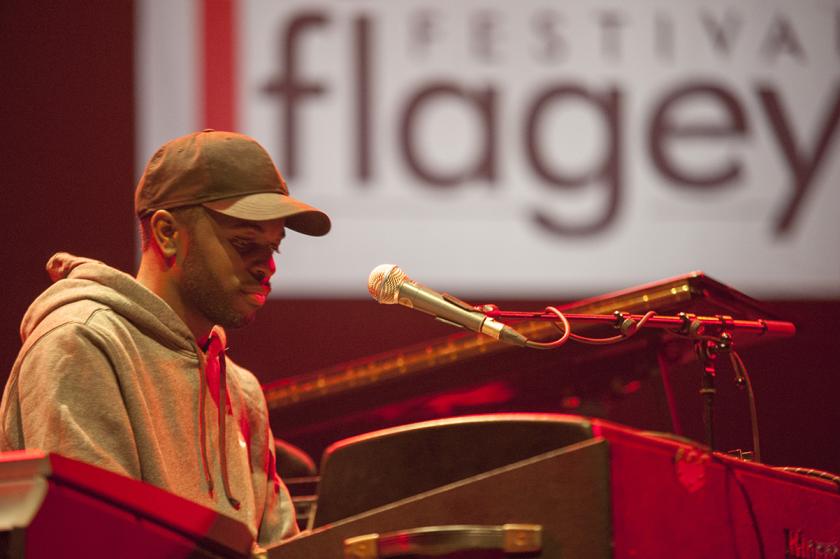


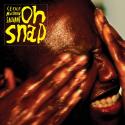

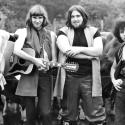

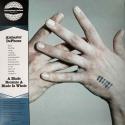
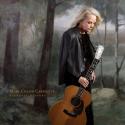




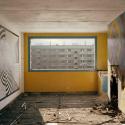
Add comment